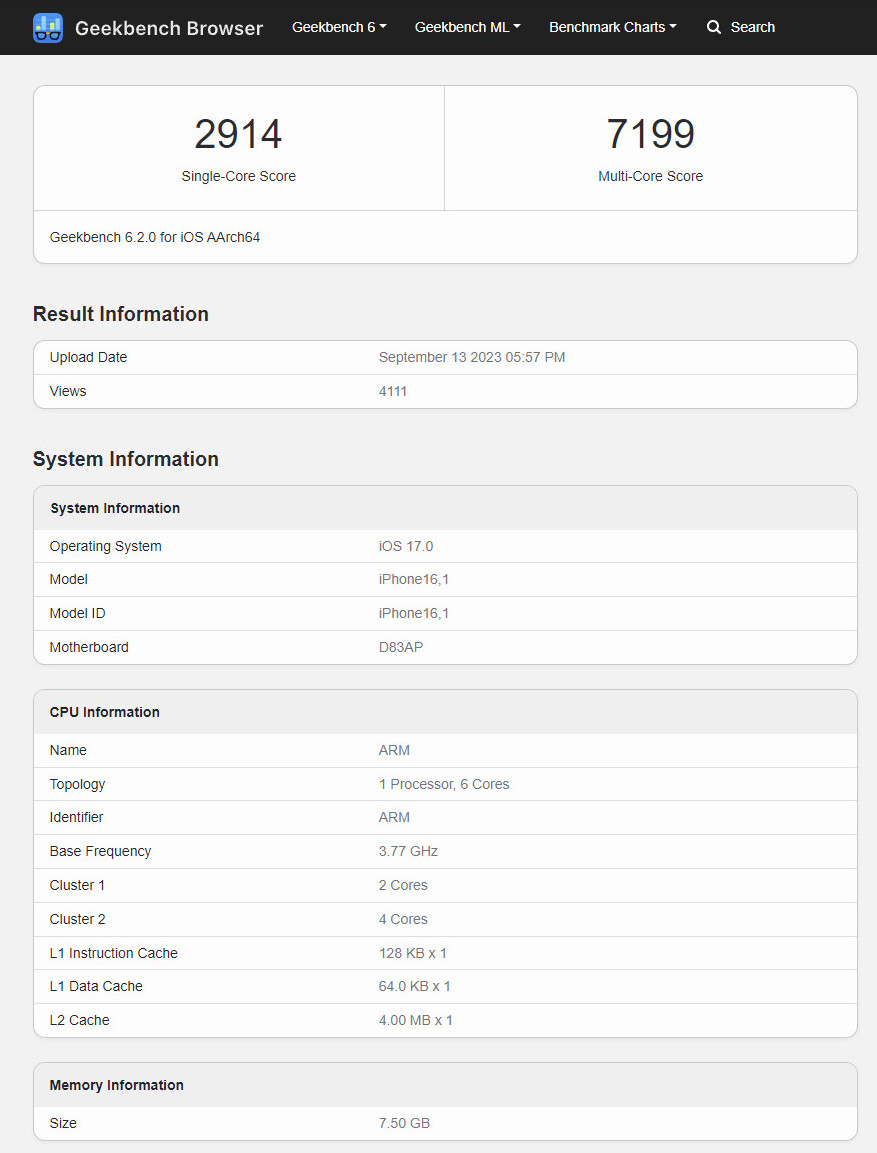An Apple “iPhone16,1” was put through the Geekbench 6.2 gauntlet earlier this week—according to database info this pre-release sample was running a build of iOS 17.0 (currently in preview) and its logic board goes under the “D83AP” moniker. It is interesting to see a 16-series unit hitting the test phase only a day after the unveiling of Apple’s iPhone 15 Pro and Max models—the freshly benched candidate seems to house an A17 Pro SoC as well. The American tech giant has set lofty goals for said flagship chip, since it is “the industry’s first 3-nanometer chip. Continuing Apple’s leadership in smartphone silicon, A17 Pro brings improvements to the entire chip, including the biggest GPU redesign in Apple’s history. The new CPU is up to 10 percent faster with microarchitectural and design improvements, and the Neural Engine is now up to 2x faster.”



Yup. Some like DEC even offered on-the-fly binary recompilation from x86 to Alpha in windows, back when windows NT was available on 4 or 5 different processors (PowerPC, MIPS, Alpha, x86, and I think eventually Intel’s original x86 64-bit replacement.
x86 has evolved so much in the last 40 years that it’s still able to keep a foothold for PCs.
I’m curious what’s about to happen moving forward as they continue to increase transistor densities and shrink die sizes.